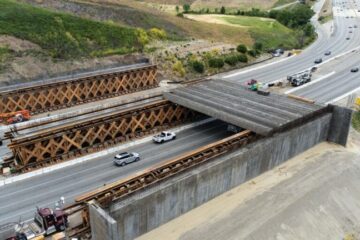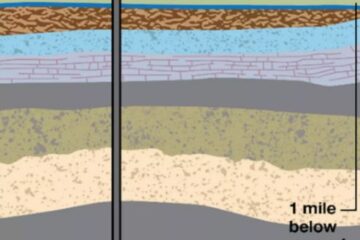EPA moves to relax clean air rules near national parks
Source of this article – Los Angeles Times, November 19, 2008
WASHINGTON – The Environmental Protection Agency is completing new air quality rules that will make it easier to build coal-fired power plants, oil refineries and other major polluters near national parks and wilderness areas, despite the fact that half of the EPA’s 10 regional administrators have formally dissented from the decision and another four have criticized the move in writing.
Documents obtained by the Washington Post show that the Bush administration’s push to weaken Clean Air Act protections for “Class 1 areas” nationwide has sparked fierce resistance from senior agency officials.
All but two of the regional administrators objecting to the proposed rule are political appointees.
The proposal would change the practice of measuring pollution levels near national parks, which is currently done over three-hour and 24-hour increments in order to capture emission spikes during peak energy demand. Instead, levels would be averaged over a year; increases in pollution would no longer violate the law.
EPA Region 4 Administrator J.I. Palmer Jr., whose office oversees Alabama, Florida, Georgia, Kentucky, Mississippi, North Carolina, South Carolina and Tennessee, wrote that the new formula “would reduce consistency, accuracy and public review” and “could allow greater deterioration of air quality in clean areas rather than preventing significant deterioration.”
Bharat Mathur, who oversees air quality for the Great Lakes states as acting administrator for Region 5, wrote, “The proposed approach is inappropriate and could lead to gaming the increment calculation.” And Region 8 acting administrator Carol Rushin, whose office covers Colorado, Wyoming, Utah, Montana, North Dakota and South Dakota, wrote that the rule provided “inappropriate discretion” when calculating pollution levels.
EPA spokesman Jonathan Shradar said in an e-mail that he could not comment in detail on the air quality rule but said the submissions were “all part of the regular agency process, so all I can say is that that process has been moving forward.”
Many national parks struggle with poor visibility shrouding otherwise spectacular vistas, as well as acid rain and other problems caused by air pollution, which has intensified the debate over how best to regulate lead smelters, coal-fired power plants and other nearby pollution sources.



0 Comments